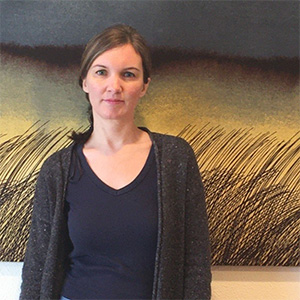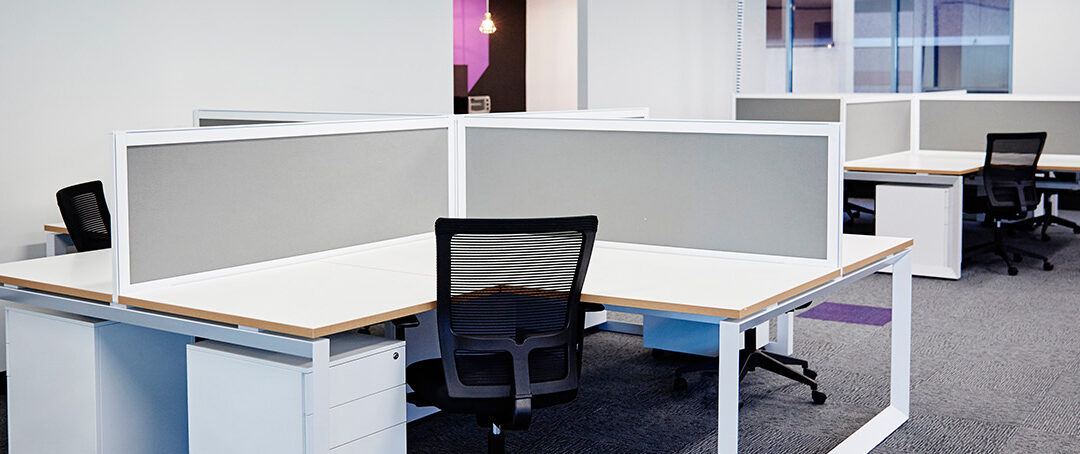BMC Survey Shows Enterprises Still Value Mainframe
BMC released its 18th annual Mainframe Survey this week, highlighting the continued value of Big Iron as a critical core technology platform for many organizations.
This year’s survey involved more than 800 executive and technical professionals, 94% of whom have a positive perception of the mainframe and 63% of whom reported increased investment in their mainframes over the past year.
The survey found that the use of DevOps and AIOps continues to grow, with 62% using DevOps practices on the mainframe and 32% using AIOps (up from 25% in 2021). The survey also found that challenges in implementing AIOps, including cost, complexity, and the need for specialized skill sets, have decreased.
Not surprisingly, compliance and security are at the top of the list of priorities for mainframe organizations, with 61% of respondents listing these as a top issue. According to BMC, this priority first emerged in 2019 and has continued to show up in surveys since.
Coming close on the heels of compliance and security, organizations cite cost optimization (49%), enhancing automation (41%), and data recovery (40%) as primary concerns.
In its press release, BMC noted that these priorities track with other noticeable trends, including:
- The increased use of personally identifiable (PII) solutions
- A 7% rise in respondents using a dedicated mainframe security information and event management (SIEM) solution since 2021, privileged-user monitoring and access management, and external pen-testing services.
According to John McKenny, senior vice president and general manager of Intelligent Z Optimization and Transformation, “Our survey highlights that companies investing in modernizing their application development and operations practices on the mainframe drive significantly faster innovation and achieve higher levels of resiliency. As mainframe innovation continues, organizations that aren’t investing in the mainframe are putting their business and customers at significant risk.”
Source: PR Newswire
Texas A&M Shuts Down Mainframe As Part Of Modernization Project
The Texas A&M University System reported in August that it has officially retired the use of its IBM mainframe technology.
The shutdown of the mainframe is the result of a 2011 Deloitte IT assessment in which Deloitte recommended that the university adopt cloud technology for HR / Payroll and move FAMIS (Texas A&M’s financial accounting system) to a new technology platform.
The first part of that project, resulting in the implementation of WorkDay for payroll, went live in 2017. The transition from the mainframe to a Microsoft platform has taken considerably longer, taking place behind the scenes so that business continued without disruption.
Crucially, the new platform for financial software (like its mainframe precursor) was created in-house so Texas A&M will avoid paying subscription or licensing fees for the software. This will result in significant cost savings for the university.
According to Texas A&M, similar transitions away from legacy systems to new financial platforms have cost from $80 million to $120 million. The university is proud of the cost of its re-platforming project, which came in at around $22 million (including staffing costs).
Mo Burman, District Sales and General Manager with Sirius Computer Solutions, one of the project partners, said that such transitions are often unsuccessful and abandoned:
“The Texas A&M University System’s accomplishment in migrating their application workloads without issue in such a short timeframe and on budget is a testament to their team’s attention to detail, hard work, and perseverance,” Burman said.
The modernization project was completed in partnership with both A&M System members and third-party software experts, including Astadia, Avanade, BMC Software, FreeIT Data Solutions, HelpSystems (now Fortra), Nutanix, and Sirius Computer Solutions (now CDW).
“The financial systems of The Texas A&M University System are now run entirely on a modern technology stack,” said Deputy Chief Information Officer Mark Schulz, who led the in-house effort. “This truly marks the end of an era.”
Source: Texas A&M University System






0 Comments